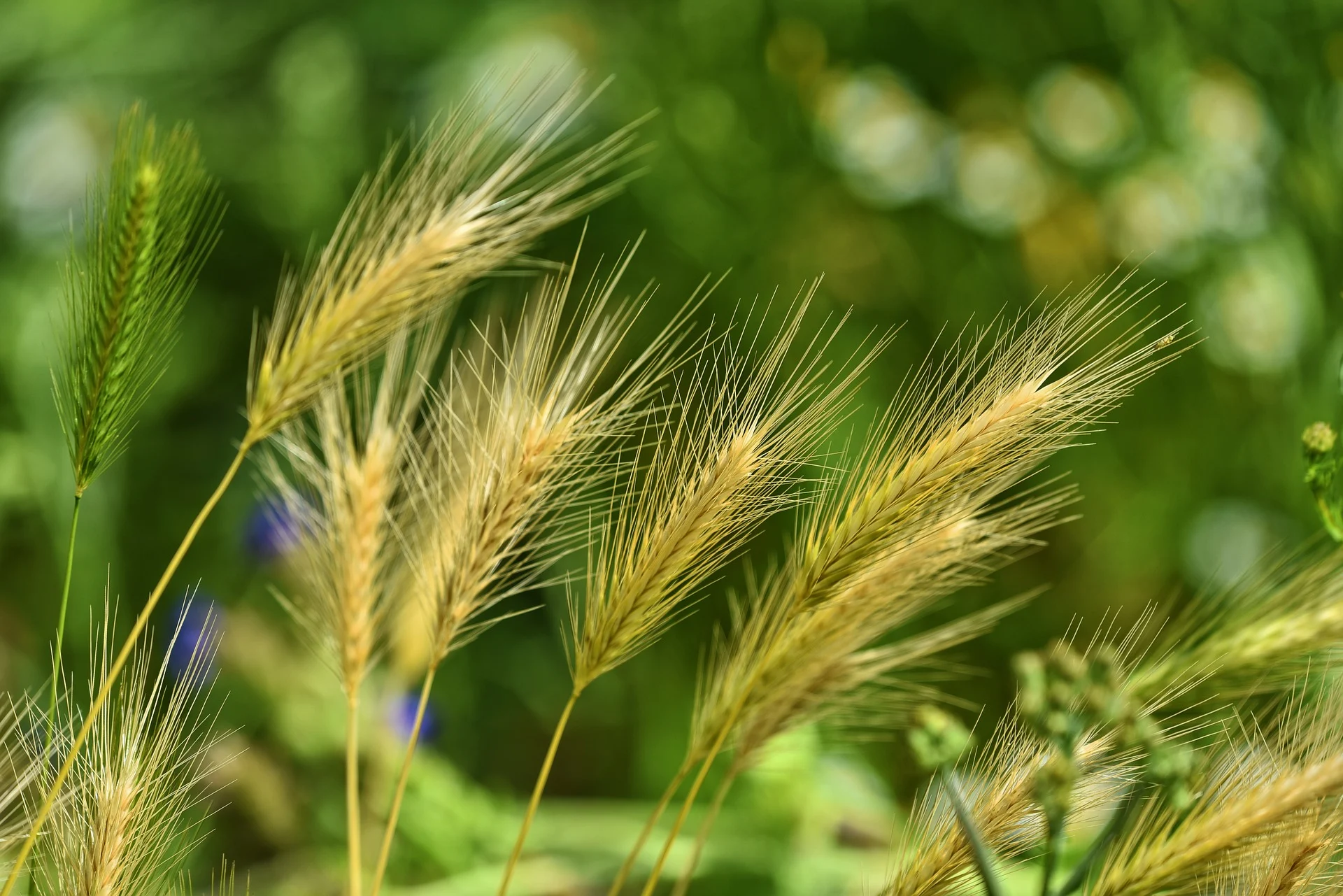There is nothing better than watching your dog romp around the park or forest, isn’t it? In summer, however, you have to be particularly vigilant so that the fun does not end unsightly. Because if your dog comes back to you limping, it may be thanks to the foxtail grass in the paw. If you don’t know why foxtail is so dangerous for a dog, keep reading.
Foxtail grass has those annoying, barb-shaped seeds that stick to your socks and laces when you run long in a grass area. The shape of the grenades is ideal for anchoring in the ground. But these grass parts can have dangerous consequences for dogs. Here’s what all dog lovers need to know about fox tail grasses.
Once in your dog’s body, the grass does not dissolve by itself.
These seeds of the foxtail grass have a sharp front tip that penetrates the skin or enters through an opening, while the hook-shaped spike prevents it from moving outwards again. The seed is on a one-sided journey into the interior of your animal. Once in your dog’s body, the grass does not dissolve by itself.
Removing is the only option. Since the removal of foxtail grasses can be quite tricky for a dog owner, a visit to the veterinarian is recommended. If left untreated, the sweet grass can cause inflammation, abscesses or worse. A foxtail grass seed can migrate through a dog’s body into the lungs or other vital organs and thus have serious or even fatal effects.
How to recognize foxtail grass
Foxtail grasses got their name because of the similarity to a fox’s tail and belong to the group of sweet grasses. There are over 30 different species worldwide. Pay attention to the hairy, bristle-like spines that grow upwards from the stem.
Foxtail grasses spread particularly quickly after a rainy spring. During the winter months, they are harmless, but as soon as they can dry out and get caught in the dog fur, they become tricky. The most dangerous time is from April to October. They occur particularly frequently on roadsides, parks, as well as on paths and fields.
But the grasses could also lurk in your own garden. It is best to just sop out (put on gloves!) or spray vinegar on a hot summer day.
Signs that your dog has caught foxtail seeds
If you suspect that your dog was in contact with foxtail grass, then look for the signs listed below. And even if you are not sure, these symptoms justify a visit to the veterinarian.
- Swollen eye, squinting, sticky discharge or other signs that your dog disturbs his eyes a little
- Bloody nasal discharge
- Intensive sneezing
- Chewing and swallowing difficulties
- Dog refuses to eat
- Bad smell from the mouth, nose or ears
- Constant licking or chewing on the paws or other places
- Abscesses
- Open wounds that can be the remains of a burst abscess, but can still have the foxtail seed inside.
How to keep your dog free of foxtail grass seeds
Prevention is the best medicine! This includes removing the grasses from your garden, as well as avoiding vulnerable areas, such as open fields or overgrown paths and parks.
Stay on already trampled paths and do not release your dog in fields with tall grass.
Examine your pet thoroughly after each “risk walk”. Pay particular attention to looking between the toes, in and behind the ears, as well as in the armpit and groin area. It is best to comb the fur with a comb to catch the seeds. If you try to remove a seed yourself, make sure that you have caught the whole seed. Contact your veterinarian if there is a possibility that you could not remove all sperm parts, otherwise they could possibly wander through your dog’s body. If your dog has long fur, then you have to brush it particularly thoroughly and examine it for seeds.
While you’re here, you can read our other health-related articles:

